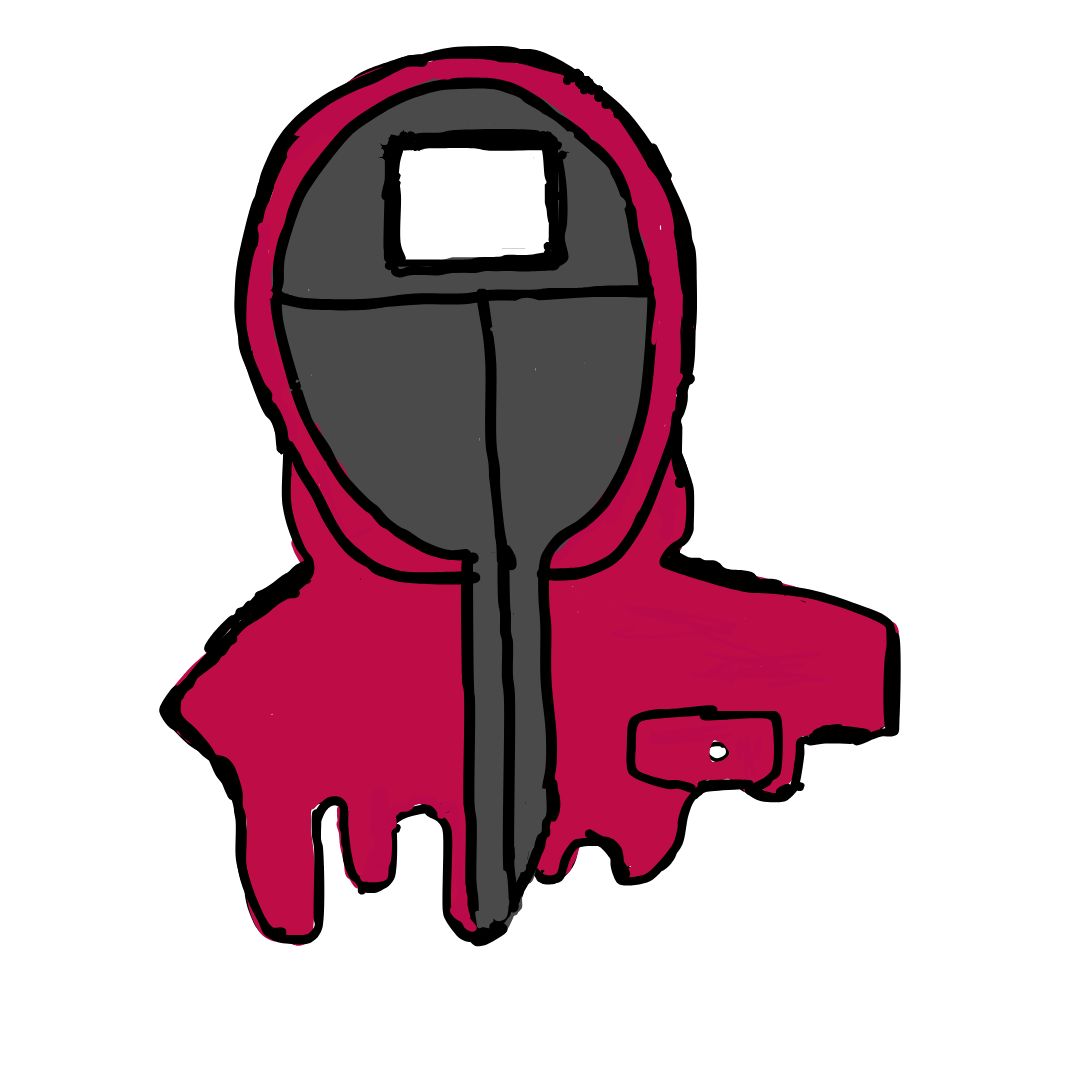Squid Game is a Korean television series that originally aired in 2021. It is a thriller based on 400+ people that are secretly handpicked based on how much debt they owe. A recruiter finds them and plays Korean kid games with them to give them a chance at winning. If they do not win, they are put in the games to pay the money back. However, the people who lose during these games are killed. This season there were only 4 games: “Red Light, Green Light”, “Six-Legged Pentathlon”, “Mingle”, and the “Special Game.” These games focused mostly on physical agility and strength, so ranking them was difficult.
#4. “Special Game.” This game was an ode to the first season when the players were given weapons and fought each other at night. However, this time there was a twist. The fighting started in the bathroom. That day was the only time the vote to stay (team O) or leave (team X) was equal. The guards gave both sides the rest of the night to “think it over” and then the fighting began. The O’s thought if they were able to eliminate some players from the opposing team, this could sway the vote, and they would continue the games. The fight eventually makes its way to the main area and by the end of the night, both teams have casualties and Gi-hun and friends began an attack on a different group. This game is ranked last, because it was generic and there was no point behind all the chaos. While extremity and chaos are essential to a show like this, it is difficult to get invested when there is no structure. In addition, it was also not an official game, so project there was less quality to it. The games were supposed to be kid games, and because there was no goal besides eliminating players it did not mesh well. is important to the entire game, but nonetheless there should be some structure to it.
#3. “Six- Legged Pentathlon.“ This game consists of 5 mini games that each player does while being attached to their teammates’ legs. The goal was to complete all five games and cross the finish line in under 5 minutes. This game was a bit more organized and was a good change of pace from the “each person for themselves” mentality. The mini games were Ddakji, Biseokchigi. Gong-gi, Spinning Top, and Jeji. Ddakji was a good game to add, because this game was used to recruit players. The Biseokchigi was not as good, because you just hit a stone with an object. The goal was to hit one envelope and turn it over by using the envelope already in your hand. The next two were quite difficult because it was a lengthy process and if you messed up you had to start all over. In the last game Jeji, you had to kick a pom-pom-like object 5 consecutive times. The Six-Legged Pentathlon was an effective way to create bonds between players. However, I did not like how they clustered the games together, because it made them difficult to understand. Two teams went at the same time, which was a smart way to eliminate players quickly, but very hectic.
#2. “Red Light, Green Light.” This game is straight-forward, when the doll says” green light” you are allowed to move, but when the doll says “red light” you must stop moving, and if you are caught by any of the cameras, you are killed. Those who have seen season one may be shocked that it is not in first, however this season’s Red Light, Green Light was a bit different. Gi-hun knew the way this game was played, so only 91 out of 456 players were eliminated, while in the first season 255 out of 456 players were eliminated. This might have been done to make the rest of the games more challenging with there being more people, but this caused this seasons’ Red Light, Green Light to be less enjoyable to watch. I liked the first seasons’ a lot, so when the second seasons’ version was released, I had reservations. It makes sense that they changed it but keeping it the same would have given fans a needed sense of familiarity after 3 years without it on their screens.
#1. “Mingle.” This game had one of the simplest concepts and was still so chaotic. The objective of this game was that everyone is spinning on a circular platform; when the music stops, and before time runs out, they must form a group with a certain number of people. If a group is too big or too small of a group, they are eliminated. This game allowed players to use different tactics, some just ran into rooms and others tried forming big groups that could be divided if the numbers got smaller. Not being able to predict what each player would do during the rounds created stress and invested the audience. After the first seasons, “Red Light, Green Light” was such a hit, viewers were wondering if the writers could make the show any more creative and unpredictable, and this game answers that question extremely well.

